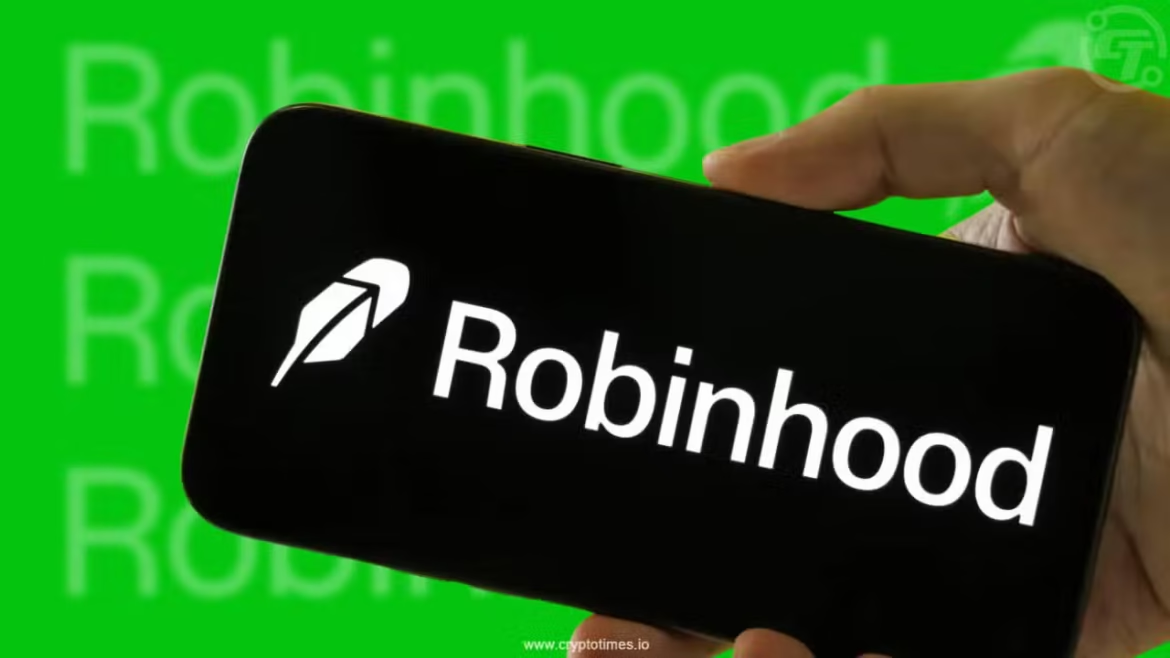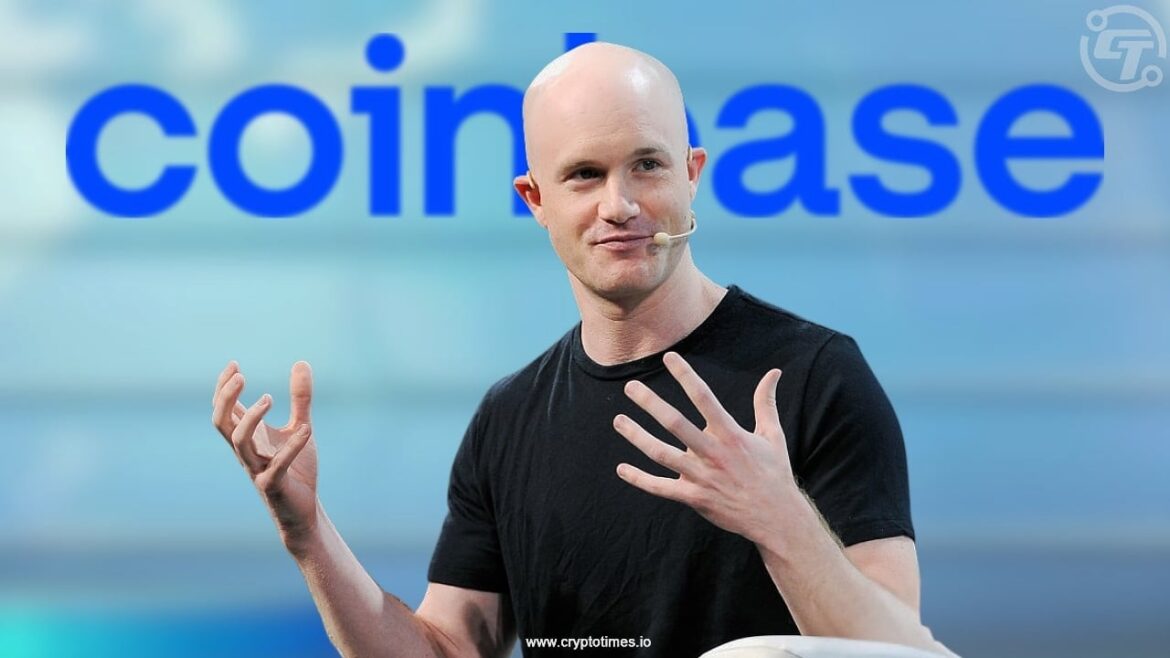At the Token2049 conference in Singapore on October 1, 2025, Robinhood CEO Vlad Tenev said he views asset tokenization as a long-term trend that could bring crypto and traditional finance closer together.
He described the process as creating digital versions of assets, such as stocks, on a blockchain—a service Robinhood recently introduced for customers in the European Union.
Tokenized stocks for international investors
Tenev suggested that tokenized assets may become the default way for investors outside the U.S. to gain exposure to American stocks.
According to him, this shift could address inefficiencies in current financial infrastructure and create closer links between digital and traditional systems. Robinhood’s introduction of tokenized U.S. stock trading in the EU reflects this view.
Robinhood’s expansion strategy
Tenev’s remarks also reflect Robinhood’s ongoing international expansion. Earlier this year, the company introduced tokenized U.S. stock trading for customers in the European Union, where the Markets in Crypto-Assets (MiCA) regulation provides a clearer framework for such products.
By starting in a jurisdiction with established oversight, Robinhood is testing tokenization in a regulated environment before considering broader adoption in other markets.
Broader implications and challenges
Tenev’s comments fit into a wider industry discussion about tokenization, where creating digital versions of assets such as stocks is seen as a way to make markets more accessible and efficient.
Other financial firms have launched similar projects, but significant challenges remain, including regulatory uncertainty in the U.S., the scalability of blockchain infrastructure, and the security standards needed for large-scale adoption. Although, something notable is that this market is being explored with certain expectations.
Tenev’s remarks highlight how a major U.S. brokerage views tokenization as part of its international strategy. The pace of adoption, however, will depend on regulatory clarity, technical scalability, and how both investors and institutions respond to these models.
Also read: S&P 500 Adds AppLovin, Robinhood, Emcor, Excludes MicroStrategy






